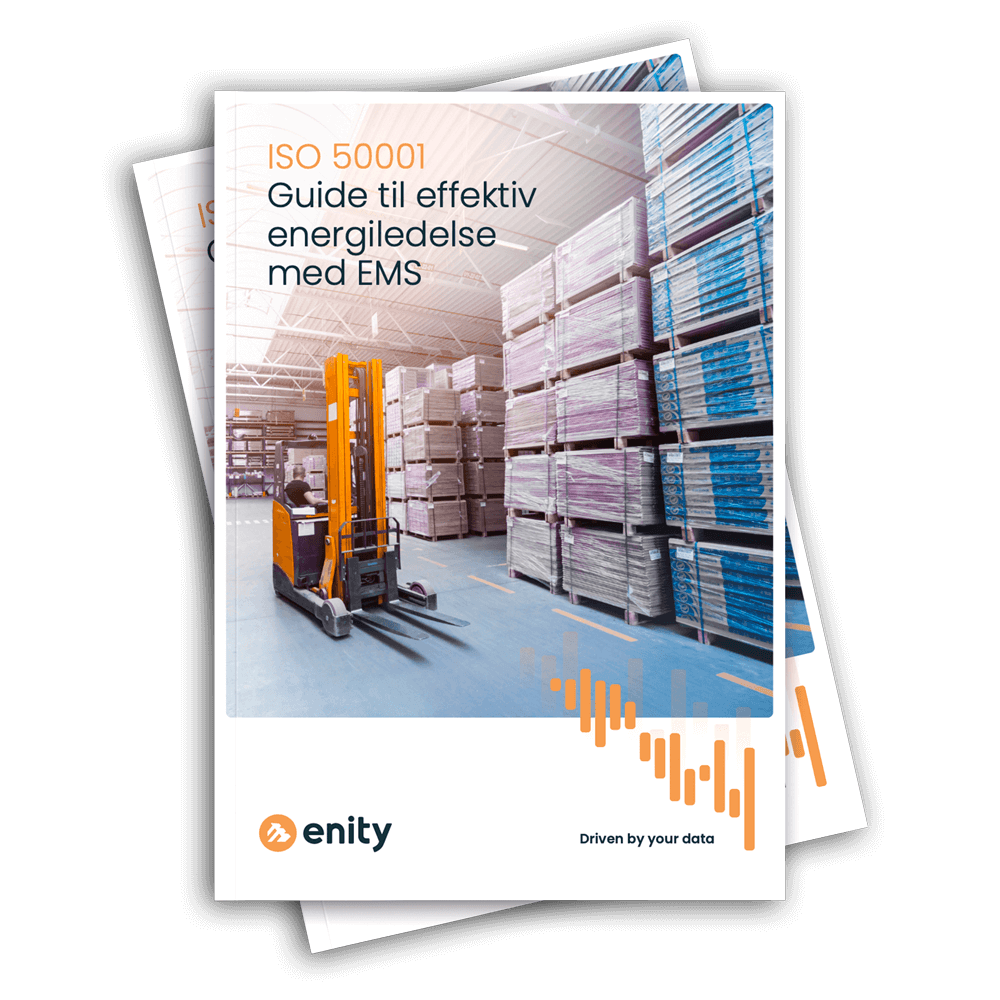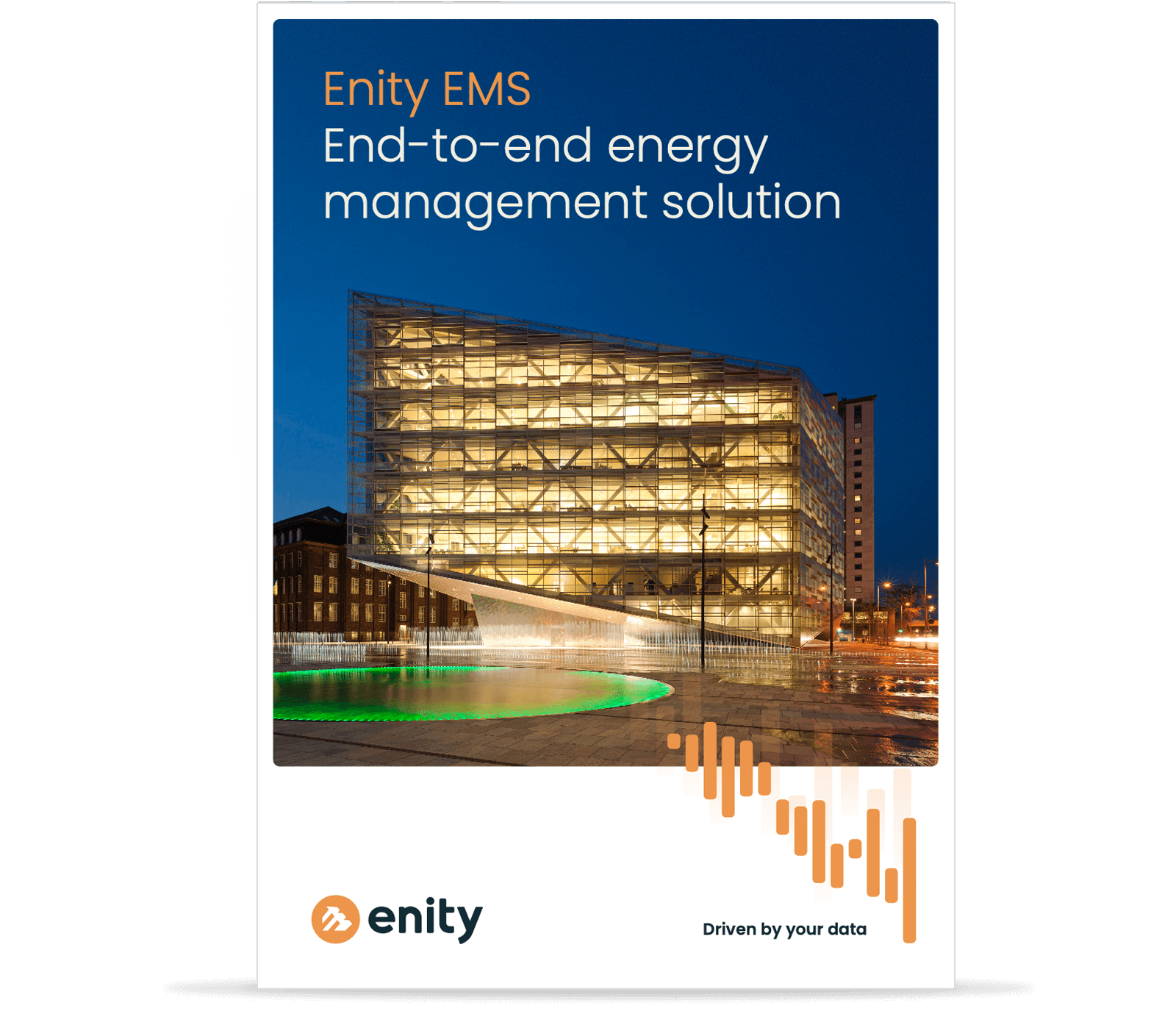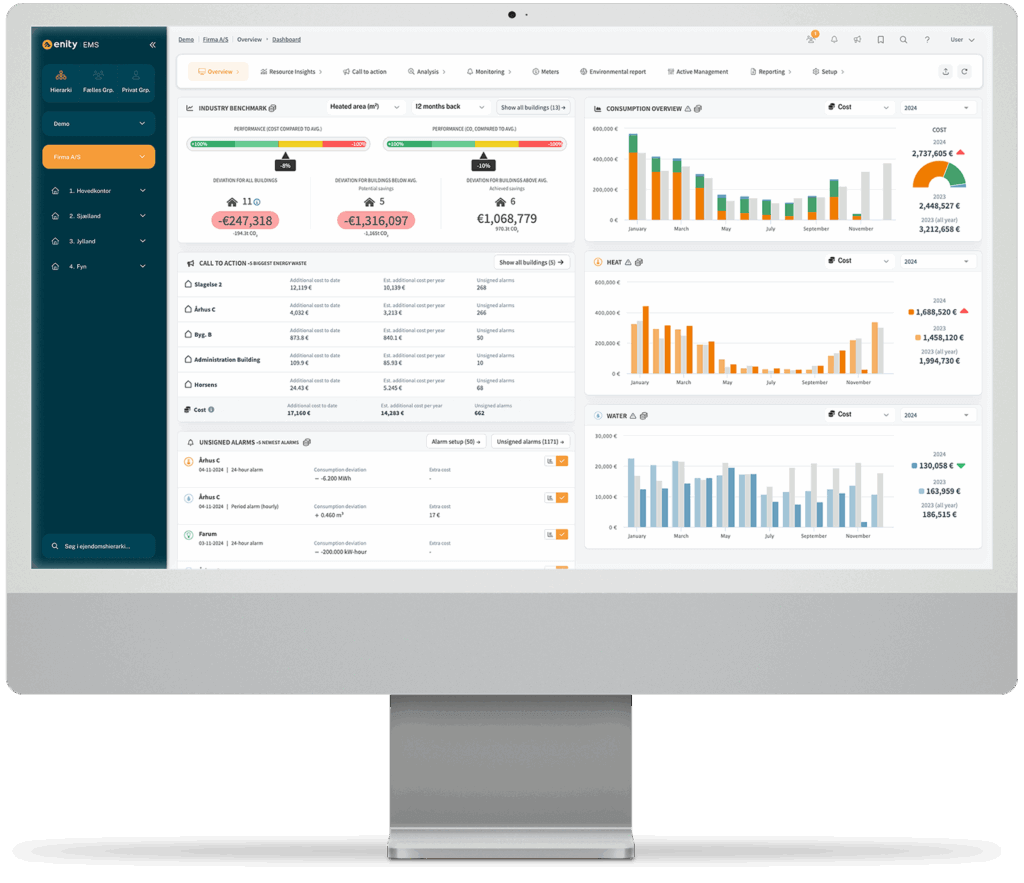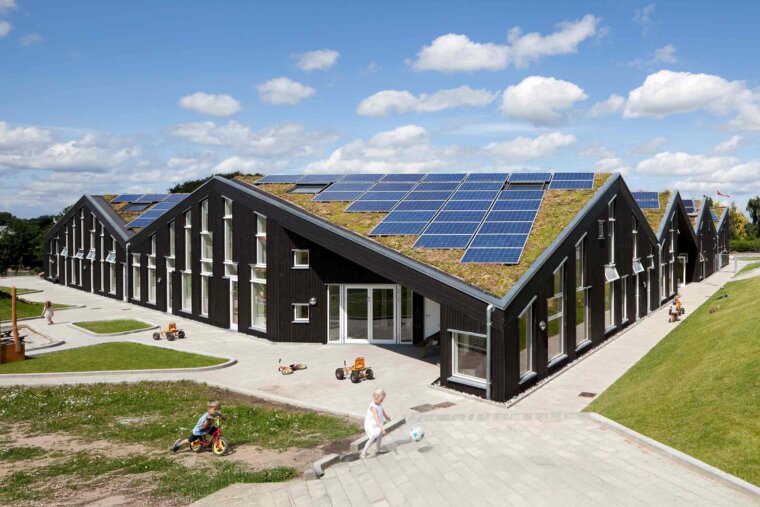
EU Energy Efficiency Directive (EED): What it means for your business
How EED affects organisations – and how to prepare with ISO 50001 or energy audits
Improving energy efficiency is no longer just a sustainability ambition – it's a regulatory reality. With the revised EU Energy Efficiency Directive (EED) now in force, businesses across the EU must adjust to new requirements for managing and reducing energy consumption.
While the directive sets a common framework, each Member State is responsible for implementing the rules in national law. This means that the specific obligations, thresholds, and deadlines vary across countries, but the overall goal remains the same: to drive measurable and sustained improvements in energy use across the EU economy.
In this article, you’ll get a practical overview of the directive and its implications for your business – and learn how to respond strategically, whether you're required to perform regular energy audits or implement a certified energy management system like ISO 50001.
What is the EU Energy Efficiency Directive (EED)?
The EED is part of the EU’s broader climate strategy, aiming to achieve climate neutrality by 2050. The directive sets binding energy savings targets for each Member State, with an overall objective to reduce final energy consumption by at least 11.7% by 2030, compared to 2020 projections.
To help meet these targets, the EED includes several requirements for the private sector – especially large enterprises, which are expected to play a leading role in improving energy efficiency. One of the core mechanisms is the obligation to conduct regular energy audits or, alternatively, to operate a certified ISO 50001 energy management system.
Importantly, the directive applies EU-wide, but the way it’s enforced – including which companies are affected and how – depends on each country’s national implementation.
What does EED require from companies?
The EED targets companies with high energy consumption, typically those classified as non-SMEs. Under the directive, these organisations must either:
- Conduct an energy audit at least every four years, or
- Implement and maintain a certified energy management system, such as ISO 50001.
Energy audits must follow recognised standards – such as EN 16247 – and must cover a substantial share of the company’s total energy use. While small and medium-sized enterprises (SMEs) are not subject to mandatory audits or EMS requirements under the EED, many still choose to take voluntary action for strategic or reporting purposes.
By recognising ISO 50001 as an acceptable alternative to audits, the EED provides businesses with a way to move beyond periodic assessments and into continuous, data-driven improvement.
Why ISO 50001 is more than just compliance
ISO 50001 is an international standard designed to help organisations structure their energy work – from policy and planning to performance evaluation and improvement.
Choosing ISO 50001 over audits is not just a compliance choice. It can be a strategic advantage, especially for companies looking to:
- Strengthen their ESG and sustainability performance
- Improve operational efficiency
- Manage energy-related risks
- Prepare for future regulatory and reporting requirements, such as CSRD
The standard is built around the Plan-Do-Check-Act (PDCA) model, ensuring that energy management is embedded in daily operations and leadership decisions. Companies certified under ISO 50001 benefit from systematic performance tracking, documentation, and an energy-conscious culture that can reduce waste and support broader business goals.

Free e-book
ISO 50001: Guide to effective energy management with an EMS
This e-book helps you understand how to use an Energy Management System (EMS) to meet ISO 50001 requirements — while also gaining a better overview, saving energy, and ensuring compliance.
Turning regulation into opportunity
For many businesses, the EED is a necessary compliance step. But it’s also a chance to make energy strategy part of your business transformation. Rising energy costs, evolving climate expectations and increasing scrutiny from stakeholders all point in the same direction: organisations that manage energy well will outperform those who don't.
Whether your country mandates audits or offers flexibility through ISO 50001, the core idea is the same: you need to understand your energy consumption, track it continuously, and act on what the data tells you. The faster you get organised, the easier it will be to comply – and to compete.
How to prepare for EED compliance
The first step is understanding your company’s status. If you’re not an SME under EU definitions (typically >250 employees or >50M EUR turnover and >43M EUR balance sheet), you’re likely covered by the directive.
Next, review your current energy consumption and internal capacity for data tracking. If your company is already collecting and analysing energy data, moving to ISO 50001 may be the logical next step. If not, an energy audit may be a practical starting point – and a chance to identify efficiency improvements.
Regardless of which path you choose, digital support can play a vital role. A well-designed Energy Management System (EMS) can automate data collection, visualise trends, and ensure documentation for audits and reporting. Combining software and advisory support is often the fastest way to meet EED and ISO 50001 requirements.
Enity EMS: Supporting your energy and compliance journey
Enity EMS is a digital platform built to help companies meet both regulatory obligations and internal goals. Whether you’re working toward ISO 50001 certification, preparing for audits, or reporting under CSRD, Enity EMS can help you:
- Track progress and improve over time
- Collect and structure energy data
- Identify savings opportunities
- Document energy performance
- Prepare for certification and audits
Explore how Enity EMS supports energy management and compliance with EED and ISO 50001 – and see how our solution for carbon accounting and CSRD can help you connect your energy efforts with your sustainability strategy.
FAQ: EU Energy Efficiency Directive and ISO 50001
What is the EU Energy Efficiency Directive (EED)?
It’s an EU regulation that sets binding energy savings targets and requires large companies to either perform regular energy audits or implement a certified energy management system.
Is ISO 50001 mandatory under the EED?
Not directly. The directive allows ISO 50001 as an alternative to energy audits, but national law in each country determines whether and when it becomes mandatory.
Who is affected by the EED?
Generally, non-SME companies with significant energy consumption. SMEs are typically exempt but may opt in voluntarily.
What’s the difference between an audit and ISO 50001?
An audit is a periodic assessment of energy use, usually every four years. ISO 50001 is a continuous, structured system for managing and improving energy performance.
Does each country apply the same rules?
No. While the EED applies EU-wide, each Member State sets its own legal requirements, timelines, and enforcement mechanisms based on the directive.
Relevant resources and official links
European Commission
Energy Efficiency Directive

Download brochure
Read more about energy efficiency with Enity EMS. To the benefit of both the budget and the climate.

Book a demo
We show you the possibilities and potentials for optimizing your energy consumption.


